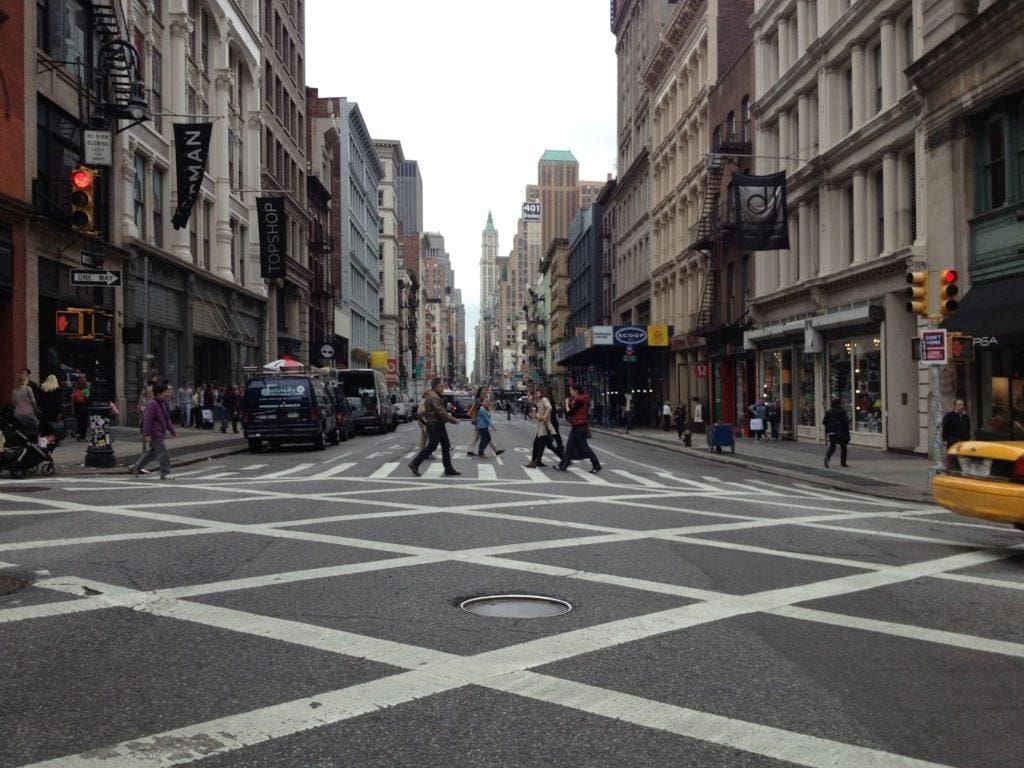Weekly jobless claims fell again the week that ended October 30, suggesting that the labor market is tightening as wages rise, inflation remains high, and new hires remain low. The number of Americans filing for new jobless claims fell by about 14,000 to 269,000, the lowest level in about 20 months. Meanwhile, continuing claims dropped by about 134,000 to 2.105 million.
This latest data from the Labor Department confirms that jobless claims have fallen for five straight weeks. This range of people filing for unemployment benefits is considered healthy for the labor market — and is much lower than the record 6.149 million claims in April 2020.
However, this doesn’t necessarily mean that the labor market is healthy, though the market is still working towards recovery after the COVID-19 put great stress upon the market. While jobless claims are lowering every week — meaning that employers are laying people off less — hiring for the last few months has been incredibly low.
Only about 194,000 hires were confirmed for September, the lowest in five months. October’s numbers haven’t yet come out, though some analysts are forecasting that hires rose to about 450,000 for the month in new nonfarm jobs. However, we won’t know the exact numbers until the official data from the government comes out.
Wages have continued to rise as employers struggled to find an accurate number of workers — especially before the holiday shopping season begins. Across various industries, wages have been driven up. However, the nation hasn’t yet seen a mass hiring wave, even with these higher wages. With higher wages, higher inflation, and fewer job claims each week, many analysts are concluding that the labor market is tightening.
The Labor Department’s data also showed that productivity across the nation is falling at the steepest pace in 40 years. According to this data, productivity has fallen at a 5.0% rate.
The job market could still be affected by a few factors in the near future. For example, global supply chain problems still exist and are thought to be a problem for the holiday shopping season. Right now, this means that more jobs in the supply chain — truck drivers, warehouse workers, port workers, etc — are high and needed. However, after the holiday season, if these issues still persist, how will this impact the labor market?
Public health is also a changing factor. While recent improvements in public health have allowed people to have more access to shopping in-store now that the Delta variant has slowed down, another surge of COVID-19 could still hamper businesses — and the labor market — in various ways.
The Delta variant possibly slowed down job hires, as Americans still had lingering concerns about COVID-19. Now that infections have again slowed down across the nation, more people may apply for jobs in the near future. The Delta variant is also why productivity has slowed down so much in the country, as businesses haven’t been able to conduct the amount of business they were before the pandemic started.
